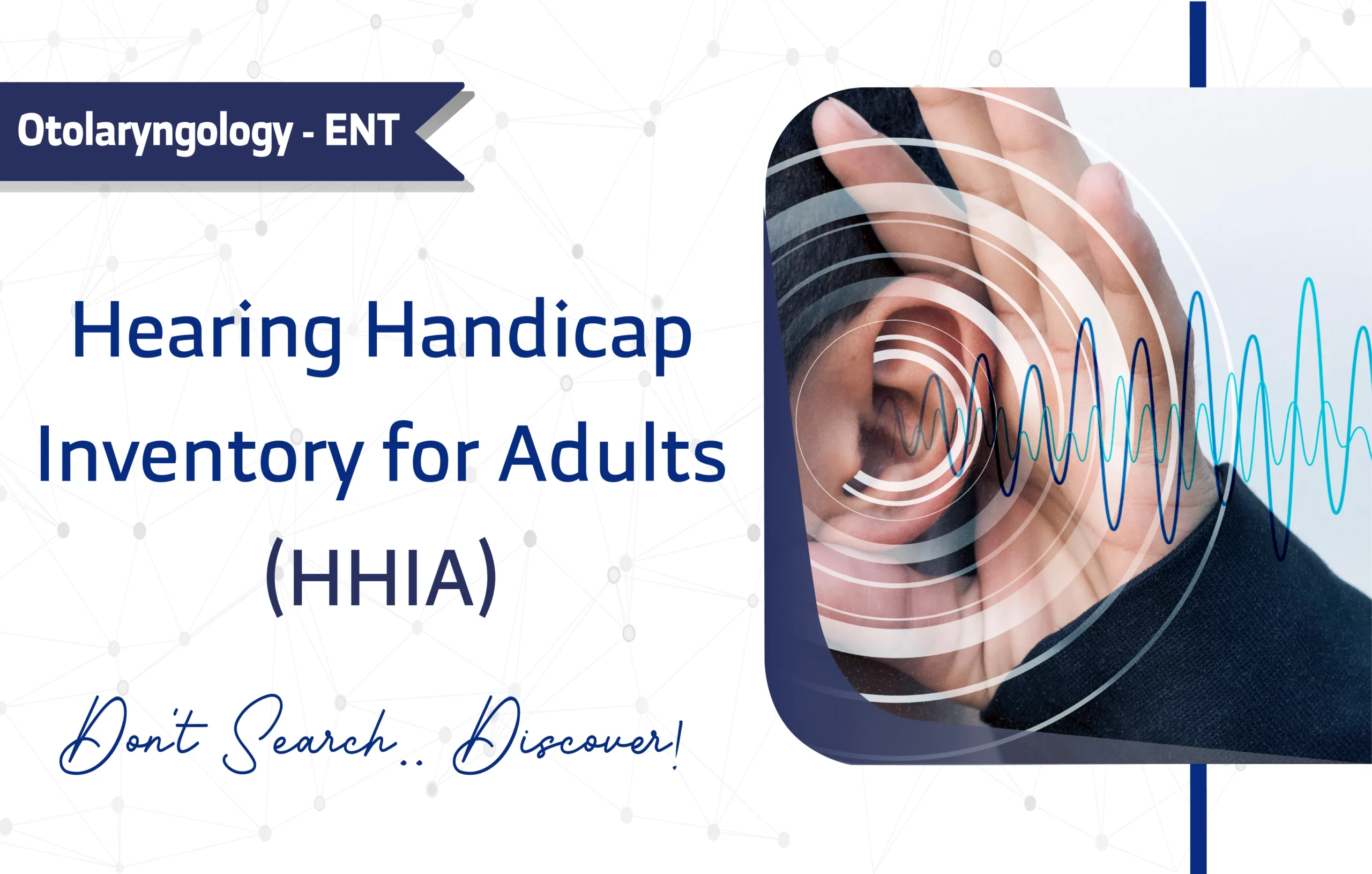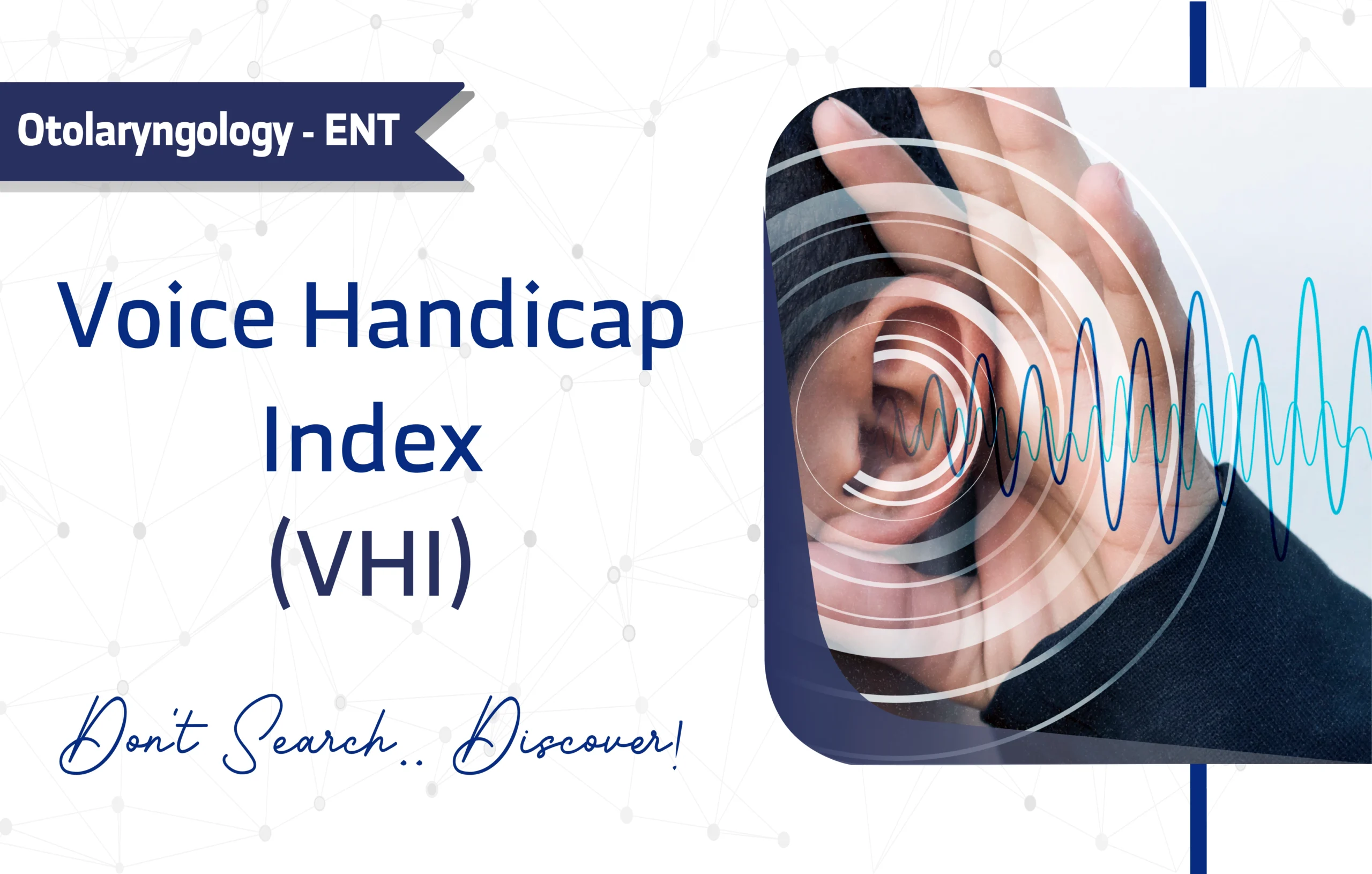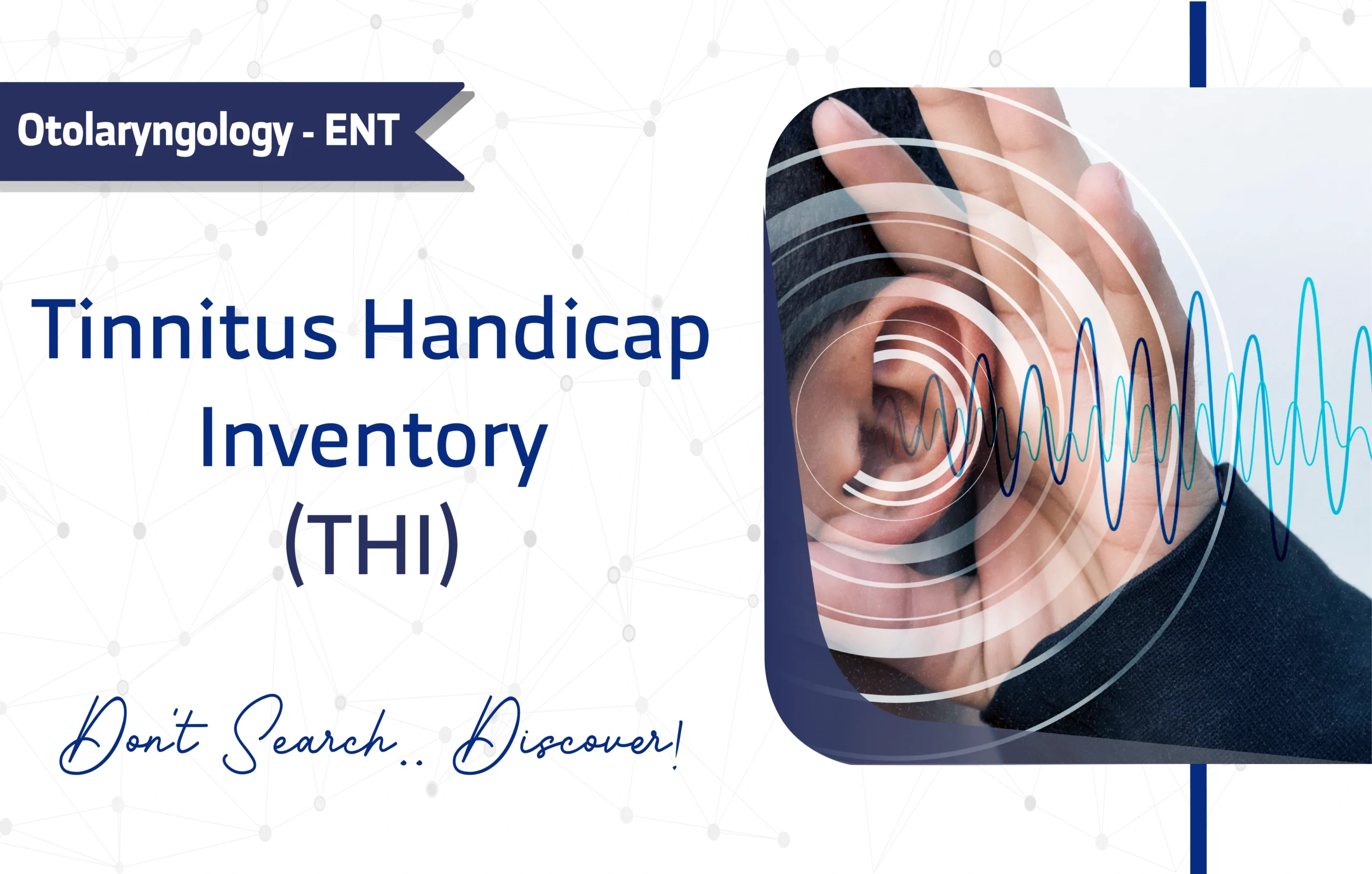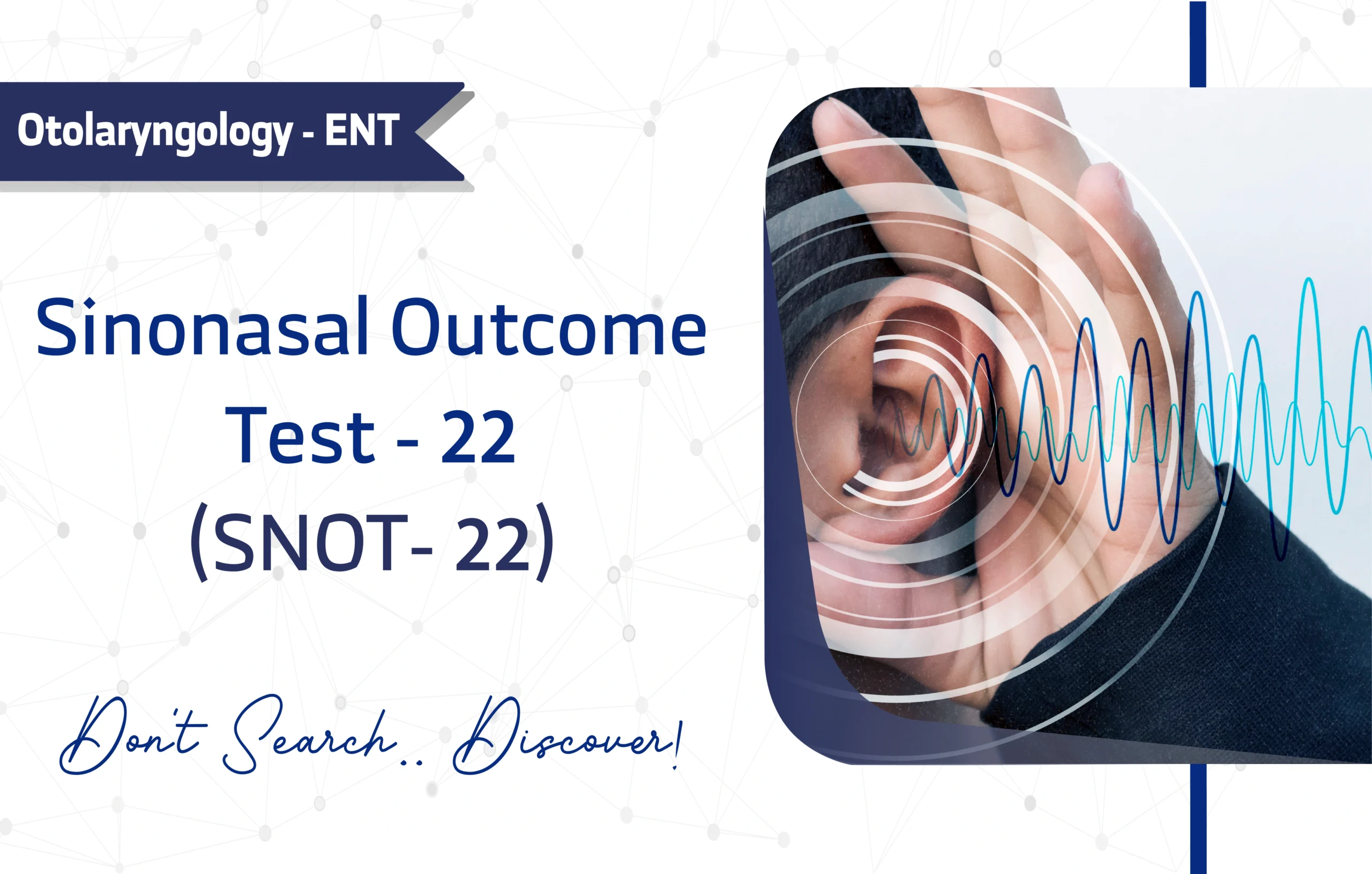Introduction
The European Heart Rhythm Association (EHRA) Score, introduced in 2010 by the European Society of Cardiology (ESC), is a streamlined tool designed to assess symptom severity in patients with atrial fibrillation (AF).
This single-item scale, developed by A. John Camm, Paulus Kirchhof, Gregory Y.H. Lip, Ulrich Schotten, Irene Savelieva, Sabine Ernst, Isabelle C. Van Gelder, Nawwar Al-Attar, Gerhard Hindricks, Bernard Prendergast, Hein Heidbuchel, Ottavio Alfieri, Annalisa Angelini, Dan Atar, Paolo Colonna, Raffaele De Caterina, Johan De Sutter, Andreas Goette, Bulent Gorenek, Magnus Heldal, Stefan H. Hohloser, Philippe Kolh, Jean-Yves Le Heuzey, Piotr Ponikowski, and Frans H. Rutten, has garnered significant recognition. Notably, it accumulated over 8,500 citations on Google Scholar (Camm et al., 2010).
For both researchers and clinicians, the EHRA Score offers a rapid and reliable method to evaluate AF’s impact on daily life. Consequently, it has solidified its place as a cornerstone in cardiology research and practice.
Key Features of the European Heart Rhythm Association (EHRA)
Purpose and Use
The EHRA Score’s primary goal is to classify symptom severity in AF patients. It’s used in clinical settings to guide treatment decisions and in research to evaluate AF-related outcomes. Its single-question format makes it efficient for busy practitioners and large-scale studies alike.
Target Population
Designed for adults aged 18 and older, the EHRA Score is versatile across young adults, middle-aged adults, and seniors. It’s tailored for patients diagnosed with AF, ensuring relevance in cardiology-focused contexts.
Structure
Unlike multi-item surveys, the EHRA Score is a single-item scale that categorizes AF symptoms into four levels based on their impact on daily activities. It focuses on cardiovascular health, specifically symptoms like palpitations, fatigue, and breathlessness.
Scoring Method
The EHRA Score uses a straightforward classification system, ranging from I to IV, based on symptom impact:
- EHRA I: No symptoms.
- EHRA II: Mild symptoms; normal daily activity unaffected.
- EHRA III: Severe symptoms; normal daily activity affected.
- EHRA IV: Disabling symptoms; normal daily activity discontinued.
This clear-cut scoring allows clinicians to quickly assess AF severity and tailor interventions. Researchers, meanwhile, can use these categories to standardize data across studies.
Administration Format
The Tampa Scale of Kinesiophobia (TSK-17) offers flexibility in administration and can be completed via:
- Paper-based forms
- Digital (Online) platforms
- Interviews (In-person)
No special training is necessary to administer or interpret the EHRA, as it is self-administered. Administration is typically quick, estimated at less than 5 minutes.
Applications of European Heart Rhythm Association (EHRA)
The EHRA Score shines in several areas:
- Screening: Identifies patients with significant AF symptoms needing intervention.
- Monitoring: Tracks symptom changes over time, especially post-treatment.
- Treatment Planning: Guides clinicians in prioritizing therapies based on symptom impact.
- Research: Standardizes AF symptom assessment in clinical trials, ensuring comparable results.
For example, its integration into ESC guidelines highlights its role in evidence-based cardiology. Additionally, it complements tools like the HAS-BLED and CHA₂DS₂-VASc scores for a holistic AF management approach.
Languages and Availability
The EHRA Score features extensive multilingual support, offering versions in a wide range of languages, including Arabic, English, Mandarin Chinese, Spanish, French, Russian, German, Portuguese, and Japanese. As a result, it remains accessible in diverse global clinical trials and healthcare systems.
Furthermore, researchers and clinicians can freely use the EHRA Score for non-commercial purposes. This open-access license eliminates financial barriers, promoting broad adoption in academic and clinical settings while avoiding restrictive permissions.
Reliability and Validity
The EHRA Score is highly reliable and validated, as demonstrated in a 2010 study published in the European Heart Journal. Its simplicity doesn’t sacrifice accuracy, with strong sensitivity to changes in symptom severity. While specific Cronbach’s alpha values aren’t reported due to its single-item nature, its widespread adoption in ESC guidelines underscores its robustness. Validation studies, including those in European AF management protocols, confirm its utility across diverse populations.
Limitations and Considerations
However, despite its strengths, the EHRA Score has a few limitations:
- Self-Report: Patients may under- or over-report symptoms due to social desirability bias.
- Narrow Focus: Its single-item design may miss nuanced psychological or secondary symptoms.
Additional Resources
For more information on the EHRA and to access the full questionnaire, visit the following resources:
- Questionnaire PDF: ESC Guidelines Summary
- Original Validation Study: European Heart Journal
- Questionnaire Overview: ResearchGate Table
- ESC Guidelines Reference: ESC Guidelines 2010
- Additional Resources: PMC Article
- Contact: For inquiries, reach out to A. John Camm at jcamm@sgul.ac.uk or call +44 20 8725 3414.
Frequently Asked Questions (FAQ)
- Who can use the EHRA Score?
Clinicians, researchers, and cardiologists use the EHRA Score for AF patients aged 18 and older. - How long does it take to complete the EHRA Score?
It takes less than 5 minutes, making it ideal for clinical and research settings. - How is the EHRA Score administered?
It can be administered via paper, digital formats, or interviews, offering flexible usage. No special training is necessary to administer or interpret the EQ-5D-5L, as it is self-administered. Administration is typically quick, estimated at less than 5 minutes. - Is there any cost to using the EHRA Score?
It’s free for non-commercial use; commercial use requires ESC permission.
A word from ResRef about European Heart Rhythm Association (EHRA)
The European Heart Rhythm Association (EHRA) Score offers a simple and clinician-friendly tool for assessing AF symptoms. Whether researchers evaluate disease impact or clinicians work to improve patient care, this tool highlights critical areas that require attention. Consequently, it fosters better outcomes and supports more informed treatment decisions.
References
- European Heart Rhythm Association; European Association for Cardio-Thoracic Surgery; Camm AJ, Kirchhof P, Lip GY, Schotten U, Savelieva I, Ernst S, Van Gelder IC, Al-Attar N, Hindricks G, Prendergast B, Heidbuchel H, Alfieri O, Angelini A, Atar D, Colonna P, De Caterina R, De Sutter J, Goette A, Gorenek B, Heldal M, Hohloser SH, Kolh P, Le Heuzey JY, Ponikowski P, Rutten FH. Guidelines for the management of atrial fibrillation: the Task Force for the Management of Atrial Fibrillation of the European Society of Cardiology (ESC). Eur Heart J. 2010 Oct;31(19):2369-429. doi: 10.1093/eurheartj/ehq278. Epub 2010 Aug 29. Erratum in: Eur Heart J. 2011 May;32(9):1172. PMID: 20802247. (link)
- Wynn GJ, Todd DM, Webber M, Bonnett L, McShane J, Kirchhof P, Gupta D. The European Heart Rhythm Association symptom classification for atrial fibrillation: validation and improvement through a simple modification. Europace. 2014 Jul;16(7):965-72. doi: 10.1093/europace/eut395. Epub 2014 Feb 16. PMID: 24534264; PMCID: PMC4070972. (link)









2 thoughts on “European Heart Rhythm Association (EHRA): A Full Guide for Researchers and Clinicians”
Thank you for creating such a reliable, centralized repository of essential research questionnaires and guides.
This article brilliantly emphasizes the core strength of the EHRA score as a simple, single-item scale designed for rapid symptom classification. Its efficiency is essential for busy clinical environments and large-scale research trials where time is a constraint. The fact that the score is freely available for non-commercial use is a massive benefit that promotes its broad and standardized adoption across international guidelines.